[i]
The Triumph of the Moon
[ii] [iii]
[iv] 
Great Clarendon Street, Oxford, ox2 6dp , United Kingdom
Oxford University Press is a department of the University of Oxford. It furthers the Universitys objective of excellence in research, scholarship, and education by publishing worldwide. Oxford is a registered trade mark of Oxford University Press in the UK and in certain other countries
Ronald Hutton 1999, 2019
The moral rights of the author have been asserted
First Edition published in 1999
New Edition 2019
Impression: 1
All rights reserved. No part of this publication may be reproduced, stored in a retrieval system, or transmitted, in any form or by any means, without the prior permission in writing of Oxford University Press, or as expressly permitted by law, by licence or under terms agreed with the appropriate reprographics rights organization. Enquiries concerning reproduction outside the scope of the above should be sent to the Rights Department, Oxford University Press, at the address above
You must not circulate this work in any other form and you must impose this same condition on any acquirer
Published in the United States of America by Oxford University Press
198 Madison Avenue, New York, NY 10016, United States of America
British Library Cataloguing in Publication Data
Data available
Library of Congress Control Number: 2019944903
ISBN 9780198827368
ebook ISBN 9780192562296
Printed and bound in Great Britain by
Clays Ltd, Elcograf S.p.A.
Links to third party websites are provided by Oxford in good faith and for information only. Oxford disclaims any responsibility for the materials contained in any third party website referenced in this work.
[v] For Prudence Jones,
who started so much
[vi] [vii]

Preface to the Revised Edition

The subtitle of this book should really be a history of modern pagan witchcraft in Britain, with some reference to it in Continental Europe, and North America. The fact that it claims to be a history and not the history is in itself significant, for this book represented the first systematic attempt by a professional historian to characterize and account for this aspect of modern Western culture. As such it is an exploratory and tentative work, intended as an initial mapping out of an area which still badly needs and deserves serious treatment by more scholars in a number of different disciplines, and indeed by more practitioners.
The geographical emphasis is also important, because the unique significance of pagan witchcraft to history is that it was the first fully formed religion which England has given the world, and may, subject to definition, still be the only one. The English have always developed their own distinctive versions of other religious systems ever since their state acquired an identity, but this is arguably the first which has ever originated in it, and spread from there to many other parts of the world. That a nation so often associated in stereotype with phlegmatic and restrained qualities should have produced such a spectacularly counter-cultural religion is one of the apparent enigmas which this work is designed to address. As a result, it concentrates upon the homeland of this witchcraft, and only considers other nations or regions where they have made a significant subsequent impact upon its further development in that homeland. Probably the greatest disservice of this concentration is done to Australia, where pagan witchcraft has flourished ever since the 1950s and which is mentioned only in connection with two writers, who both live there but have written on England.
I undertook this research to answer two questions which had arisen naturally from that which I had published before. In The Pagan Religions of the Ancient British Isles (1991), I took notice of the fact that pagan religions existed in the modern British Isles which sometimes claimed to represent an unbroken continuity of those which were my principal subject. Virtually all academic scholars of ancient paganism until that time had either ignored them or (in the case of Druids) cursorily dismissed them. My own book came down heavily against the claim of continuity and, indeed, the notion that modern paganisms had very much in common with those of the ancient world. On the other hand, I also formed the opinion that they were perfectly viable modern religions in their own right. That book presented the obvious puzzle of where, when, and why they had in fact arisen, if they had not survived [viii] continuously. The present one was intended to suggest answers to those questions, in the case of the first of those religions to appear, and subsequently the most popular and influential of all: pagan witchcraft, most commonly known in its oldest recorded form, of Wicca.
My second point of departure for this book came in the conclusion to my history of the ritual year in Britain, The Stations of the Sun (1996). One of the themes of that work was that late Victorian and Edwardian folklorists had been peculiarly determined to regard surviving seasonal customs as relics of ancient pagan religions even when, as later research revealed, this supposition was wildly wrong. My conclusion suggested that instead of belonging to an academic cul-de-sac, such attitudes were part of the high road of British culture in that age, and needed to be thoroughly understood and contextualized as part of its history. I therefore drew attention to what I called an obvious need for a proper study of the treatment of the themes of paganism and witchcraft in the English-speaking world during the nineteenth and twentieth centuries. It was always clear to me that such a study was far beyond the competence of a single scholar, but I soon discovered that pagan witchcraft functioned as a useful microhistory for the analysis of these broader attitudes; indeed, the central argument of the book remains that far from being an unusually exotic and bizarre response to specific problems of the late twentieth century, it represented a distillation of certain notions and needs which had been developing in Western Europe, and in England in particular, since the eighteenth. If it is the child of any single phenomenon, then it is the belated offspring of the Romantic Movement.
The title is intended to reflect the way in which this religion honours and embodies certain aspects of the worldmost prominently the feminine, the night, the wild naturewhich had been subordinated, feared or derided in Western culture since the triumph of Christianity, and in some respects since the dawn of history. It is true, however, that the key decisions which led to the writing of the book were both taken under exceptionally brilliant July full moons. One of those rose over a balcony in Cambridge in 1991, as I sat upon it chatting to a friend who occupied rooms there. It was in the course of the conversation that I decided to carry out some research into the origins of modern paganisms as well as proceeding with the other projects which I had allocated to the decade. The other moon shone upon the Vale of Avalon in 1994, as I drove across it towards the Mendips and home after lecturing at Glastonbury. As I did so I came to the decision that my research into pagan witchcraft alone now necessitated a full-scale book, and that I needed to make this a priority when I had completed my publications concerning the ritual year. The contrast between the two placesthe great seat of formal learning and the town of ruins, mists, and mythsneatly represents the two poles between which I found myself operating in the writing of the book.

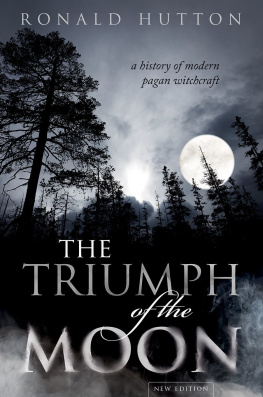

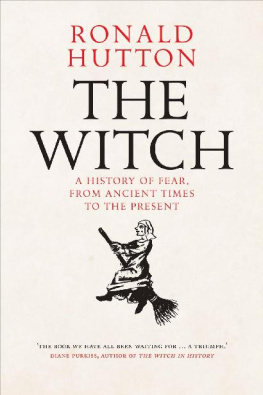
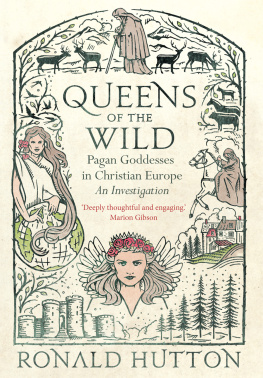
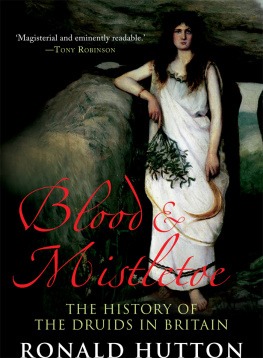

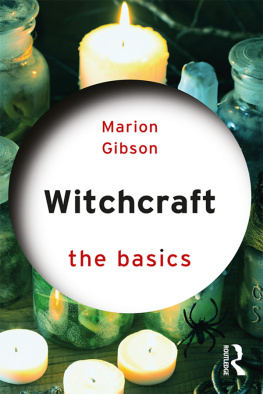


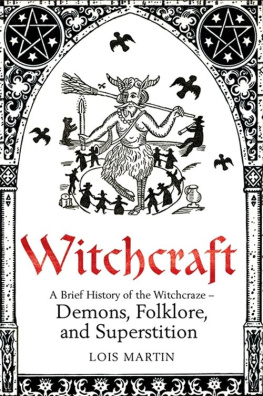
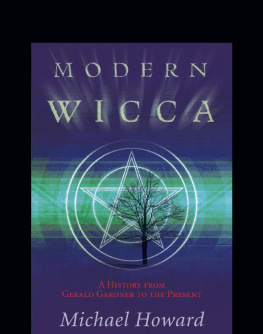



 Preface to the Revised Edition
Preface to the Revised Edition 